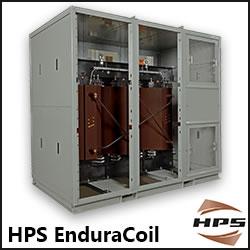Performance data an essential part of the wind O&M picture
The capabilities of wind turbine performance monitoring (PM) technology have increased exponentially over the last several years, and now provides operators with an increasingly complex datasets into how well their turbines have performed.
With reports that consist of real-time analysis, usually software-based and coupled with wind turbine SCADA data systems, this technology allows asset managers to determine the performance of individual turbines. However, datastreams are often so complex that it is difficult for operators to successfully determine fleet improvements.
Fluitec Wind, in association with Sandia National Laboratories, investigated the utilization of big data analytic techniques to interpret data streams from wind turbines. They found that "big data" analysis methods can effectively predict component failure within +/- 30 days, which increases with accuracy as the database increases in size. Such techniques have begun to be widely used by operators to predict component failure, predict performance and drive changes that can improve yield fleet-wide.
Discussions into performance data and fleet optimisation forms an essential theme of the 5th Wind O&M Summit USA (9-10 April, Dallas), the biggest commercial networking forum designed specifically for owner/operators of wind assets. Featuring key insight from E.ON Climate and Renewables, EDP Renewables, Infigen Energy, AES Wind Generation, Firstwind, Akuo Energy and more, the O&M Summit has become the key commercial meeting point for the US O&M community
Will Broad
VP O&M | Wind Energy Update
will@windenergyupdate.com
Global: +44 (0)207 375 7516 | USA Toll Free: 1800 814 3459 7516
Featured Product

